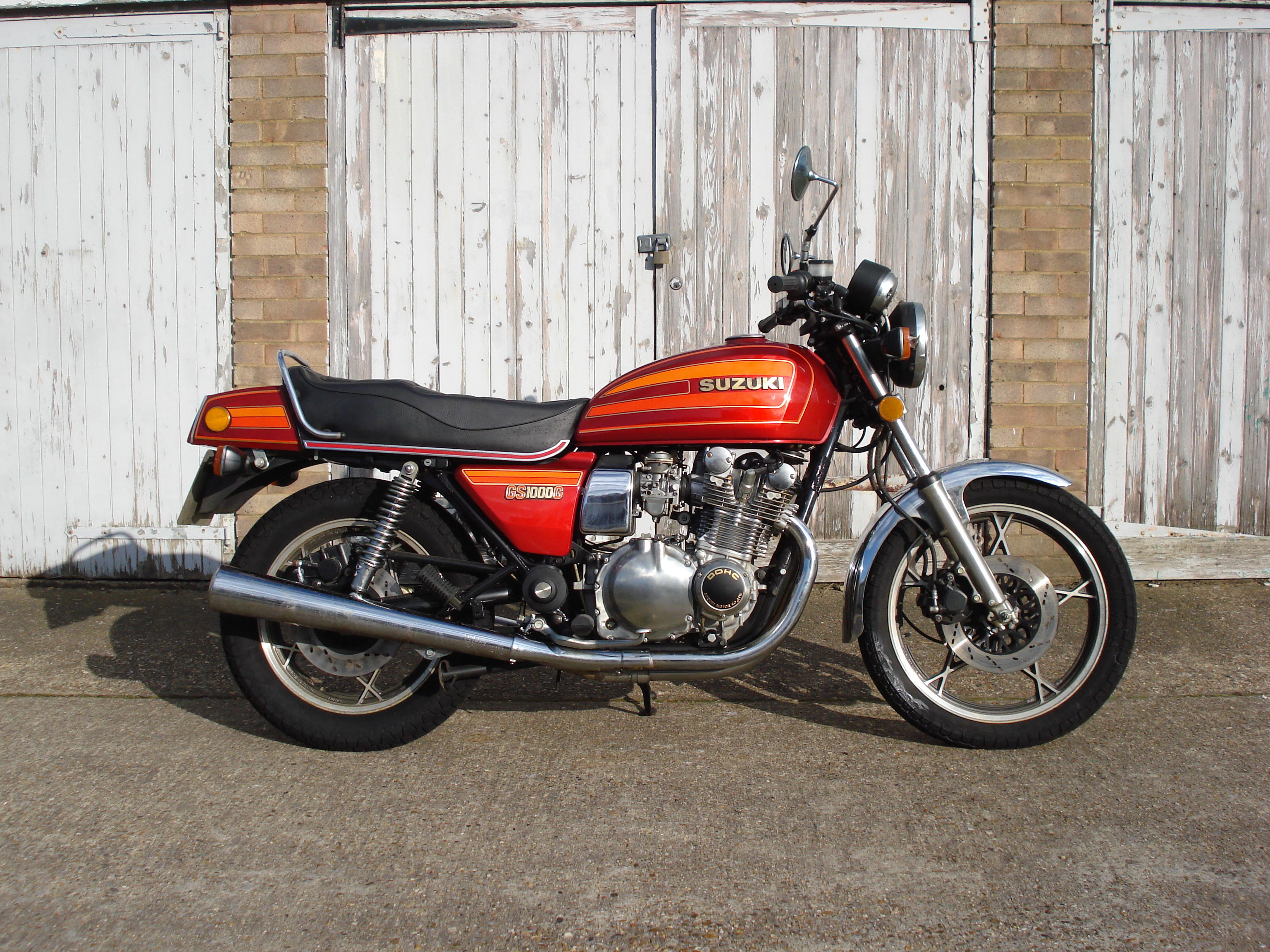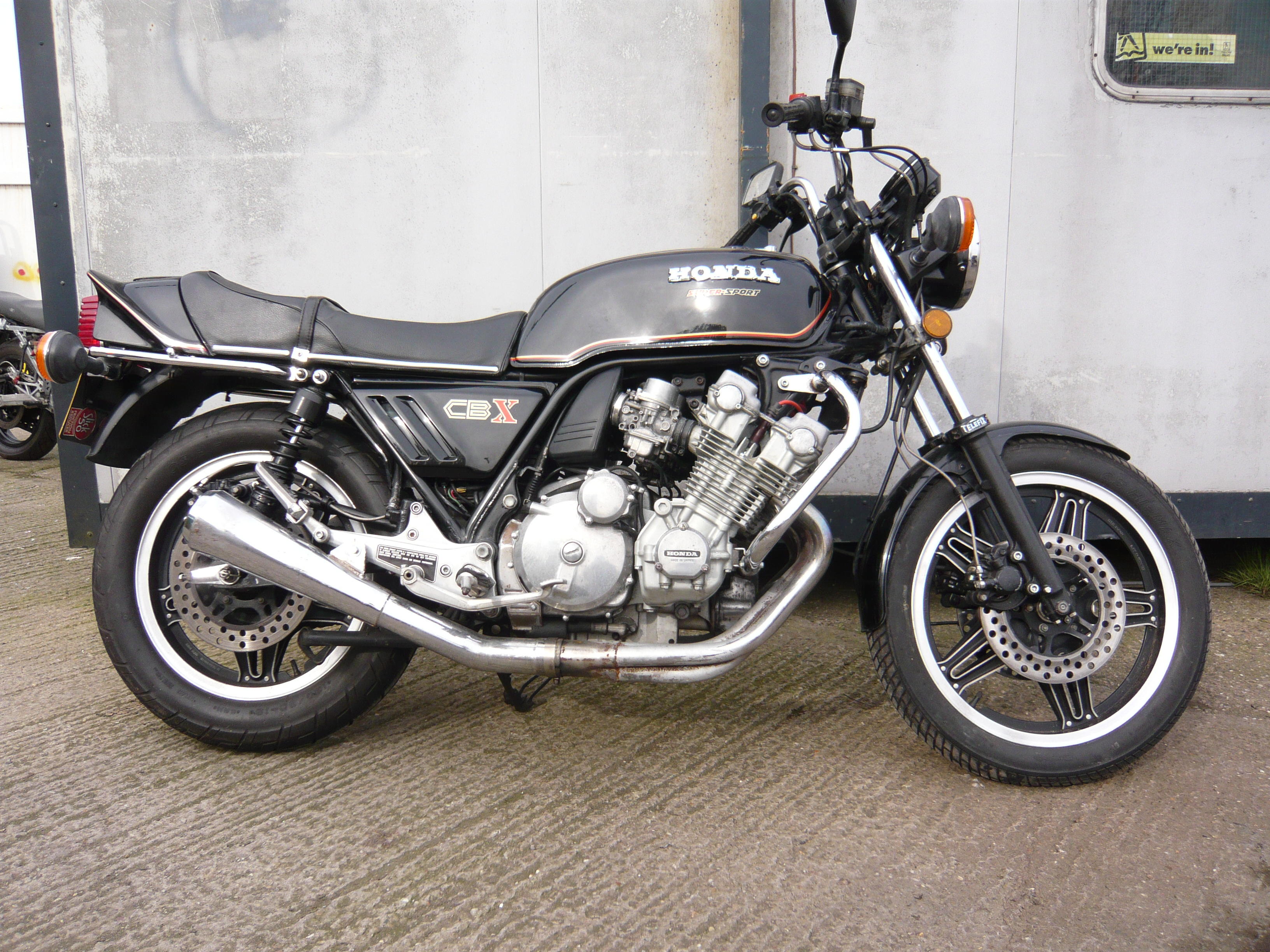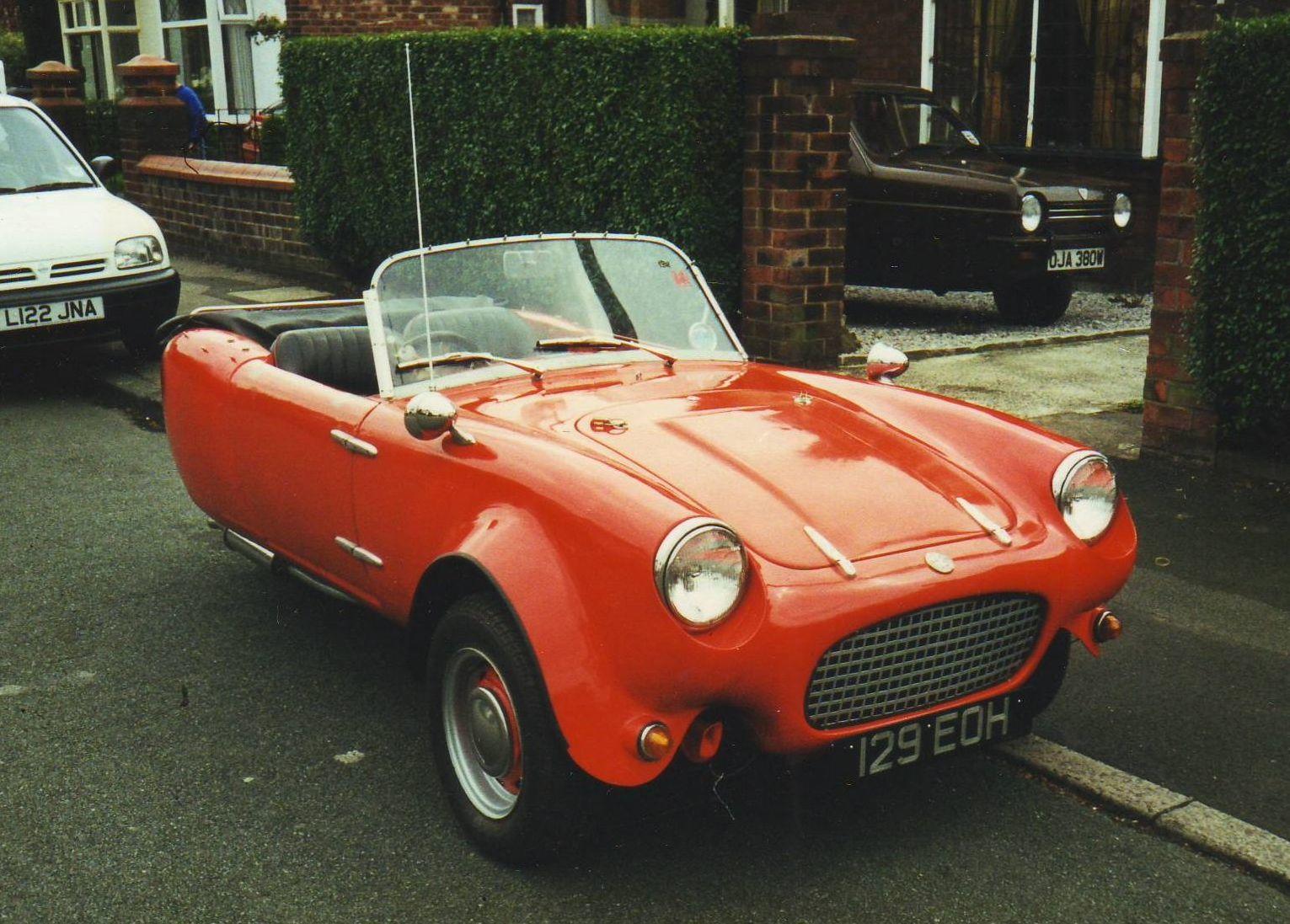In 1927 AJS's works racers appeared with a new overhead-camshaft engine, which superseded the pushrod 'Big Port' that had served the Wolverhampton factory so well since the early 1920s. But unlike rivals Norton and Velocette, whose racers used a vertical shaft and bevel gears, AJS chose to drive the camshaft by chain, its distinctive cast alloy case extending forwards to the front-mounted magneto. A catalogued model from 1928, the 'cammy' AJS was built in 347 and 498cc capacities initially, dry-sump lubrication being an unusual feature of the engines, which were carried in open diamond frames. Success did not come immediately, but after initial lubrication problems had been overcome and the valve timing altered, Walter Handley brought the 'cammy' AJS its first major success in 1929, finishing second to Velocette's Freddie Hicks in the Isle of Man Junior TT. George Rowley won the 350 race at the German TT and the Austrian Grand Prix that year, and there were several more major international successes before the season's end. Along with the rest of the range the camshaft models had received saddle tanks with purple side panels for 1929. A 248cc version followed in 1930 boasting a redesigned cylinder head and a four-speed foot-change gearbox. Looking like scaled down versions of the larger models, four were entered for the 1930 Lightweight TT in the Isle of Man to be ridden by Leo Davenport, Jimmy Guthrie, South African J G Lind and Freddie Hicks, although the injured Hicks would be a non-starter. It was a perfect debut for the new OHC 250, Guthrie winning the race at record speed with Lind finishing 5th. Sadly, by this time AJS were in serious financial trouble and although the 350 and 500 OHC racers featured in the 1931 catalogue the little 250 never made it into production. There is no record of the factory ever racing the 250 after the 1930 TT, which seems to have been its only competitive outing. It was common practice at this time to break up racing machines when their useful life had ended, and to dispose of valuable components via the trade. Almost certainly this was the fate of AJS's four 'cammy' 250s. The overhead-camshaft racer offered here was the subject of an article by the highly respected journalist, Cyril Quantrill, published in Motor Cycling magazine on 30th August 1939, which states that its engine is one of the four used by the works team at the 1930 TT. The engine is said to have been acquired by ex-TT and Brooklands rider, Rex Barber when AJS production relocated from Wolverhampton to Plumstead following the Matchless takeover of 1931. Rex Barber had worked and ridden for AJS so would have had good connections with the factory. Quantrill makes no comment about which rider used this particular engine at the 1930 TT, so in all probability Barber himself did not know. According to Quantrill, Barber rehashed the engine for grass track use and installed it in a modified R7 frame, fitting a three-speed Sturmey Archer gearbox. (In fact, the frame's number - '145201' - suggests that it dates from 1931 and is therefor from an S7, 'S' being AJS's letter code for that year). Together with Barber's AJS R7 350, the quarter-litre bike - nicknamed 'Dopey'- was ridden with considerable success in South-Eastern Centre grass track events by W C Lock. Quantrill records that on Dopey's 'first appearance on a grass track, at the season's opening Brands Hatch meeting, it gave the handicappers a nasty jar by winning the Grand Prix handicap with a good half lap in hand.' The engine was reported to use Racing Ethyl fuel and a compression ratio of 12:1, revving safely to 8,000rpm. Quantrill tested 'Dopey' at Brands Hatch, lapping at a respectable 46.75mph, and confessed himself amazed by its performance and handling – 'and I gather several regular competitors have also been not a little astonished by its speed in the capable hands of Lock.' Dopey's subsequent ownership history can be traced via correspondence and other documentation
In 1927 AJS's works racers appeared with a new overhead-camshaft engine, which superseded the pushrod 'Big Port' that had served the Wolverhampton factory so well since the early 1920s. But unlike rivals Norton and Velocette, whose racers used a vertical shaft and bevel gears, AJS chose to drive the camshaft by chain, its distinctive cast alloy case extending forwards to the front-mounted magneto. A catalogued model from 1928, the 'cammy' AJS was built in 347 and 498cc capacities initially, dry-sump lubrication being an unusual feature of the engines, which were carried in open diamond frames. Success did not come immediately, but after initial lubrication problems had been overcome and the valve timing altered, Walter Handley brought the 'cammy' AJS its first major success in 1929, finishing second to Velocette's Freddie Hicks in the Isle of Man Junior TT. George Rowley won the 350 race at the German TT and the Austrian Grand Prix that year, and there were several more major international successes before the season's end. Along with the rest of the range the camshaft models had received saddle tanks with purple side panels for 1929. A 248cc version followed in 1930 boasting a redesigned cylinder head and a four-speed foot-change gearbox. Looking like scaled down versions of the larger models, four were entered for the 1930 Lightweight TT in the Isle of Man to be ridden by Leo Davenport, Jimmy Guthrie, South African J G Lind and Freddie Hicks, although the injured Hicks would be a non-starter. It was a perfect debut for the new OHC 250, Guthrie winning the race at record speed with Lind finishing 5th. Sadly, by this time AJS were in serious financial trouble and although the 350 and 500 OHC racers featured in the 1931 catalogue the little 250 never made it into production. There is no record of the factory ever racing the 250 after the 1930 TT, which seems to have been its only competitive outing. It was common practice at this time to break up racing machines when their useful life had ended, and to dispose of valuable components via the trade. Almost certainly this was the fate of AJS's four 'cammy' 250s. The overhead-camshaft racer offered here was the subject of an article by the highly respected journalist, Cyril Quantrill, published in Motor Cycling magazine on 30th August 1939, which states that its engine is one of the four used by the works team at the 1930 TT. The engine is said to have been acquired by ex-TT and Brooklands rider, Rex Barber when AJS production relocated from Wolverhampton to Plumstead following the Matchless takeover of 1931. Rex Barber had worked and ridden for AJS so would have had good connections with the factory. Quantrill makes no comment about which rider used this particular engine at the 1930 TT, so in all probability Barber himself did not know. According to Quantrill, Barber rehashed the engine for grass track use and installed it in a modified R7 frame, fitting a three-speed Sturmey Archer gearbox. (In fact, the frame's number - '145201' - suggests that it dates from 1931 and is therefor from an S7, 'S' being AJS's letter code for that year). Together with Barber's AJS R7 350, the quarter-litre bike - nicknamed 'Dopey'- was ridden with considerable success in South-Eastern Centre grass track events by W C Lock. Quantrill records that on Dopey's 'first appearance on a grass track, at the season's opening Brands Hatch meeting, it gave the handicappers a nasty jar by winning the Grand Prix handicap with a good half lap in hand.' The engine was reported to use Racing Ethyl fuel and a compression ratio of 12:1, revving safely to 8,000rpm. Quantrill tested 'Dopey' at Brands Hatch, lapping at a respectable 46.75mph, and confessed himself amazed by its performance and handling – 'and I gather several regular competitors have also been not a little astonished by its speed in the capable hands of Lock.' Dopey's subsequent ownership history can be traced via correspondence and other documentation















Testen Sie LotSearch und seine Premium-Features 7 Tage - ohne Kosten!
Lassen Sie sich automatisch über neue Objekte in kommenden Auktionen benachrichtigen.
Suchauftrag anlegen